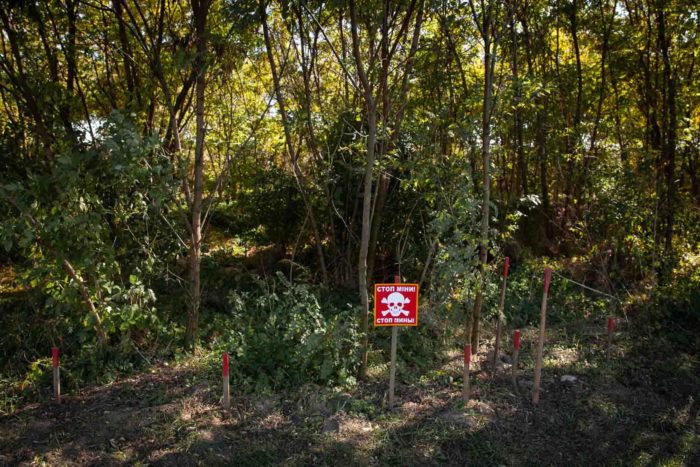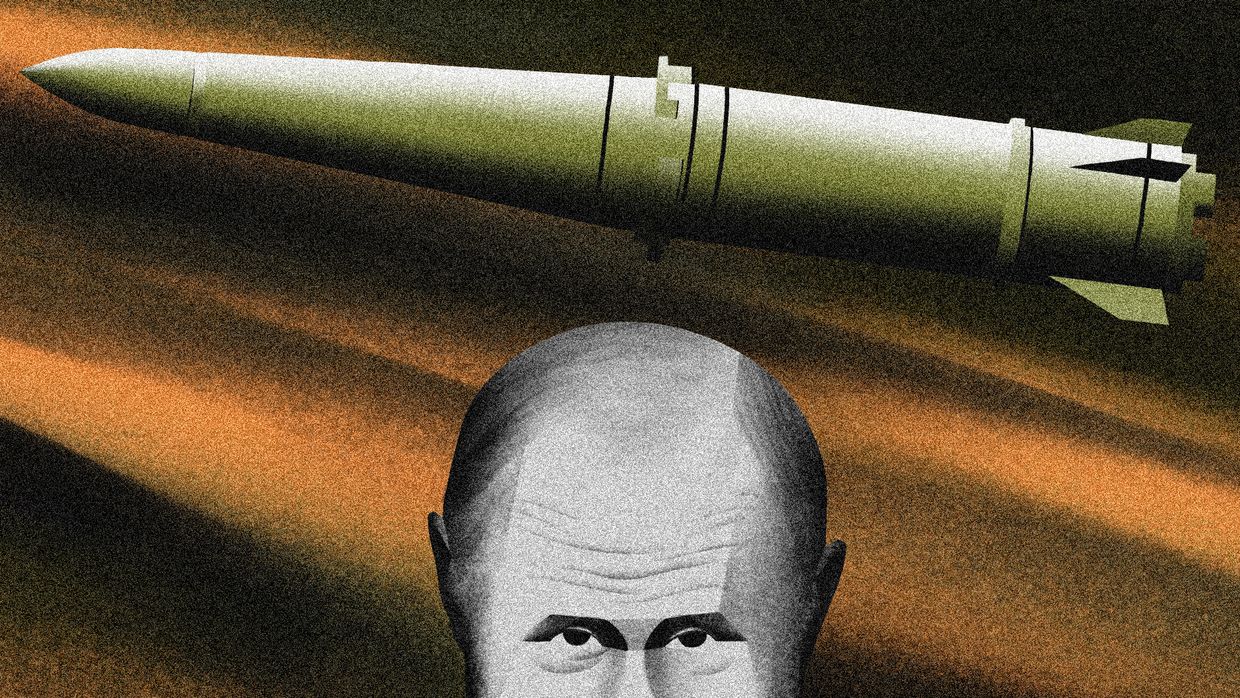Ukrainian sappers to train at Middle East mine action school with funding from Paris

Ukraine will take another step toward the safe de-occupation and clearing of war remnants. On 4 August, Ukraine’s Ministry of Defense announced that sappers from the Ukrainian Armed Forces and the State Special Transport Service will be trained at the Regional School for Humanitarian Demining at the Lebanese Mine Action Center.
As of August 2025, Ukraine is the most mined country in the world. Official data shows that over 139,000 square kilometers of Ukrainian territory are potentially contaminated with mines and explosive ordnance, amounting to nearly 40% of the entire country.
The program will be funded by the French government. Lebanon was chosen due to its extensive experience in post-conflict land clearance.
“We thank the Government of the French Republic and the French people for their support in the fight against the Russian aggressor,” says Colonel Ruslan Berehulia, head of the Main Department for Mine Action.
Ukraine and France agree on new cooperation areas
Agreements were reached during a Ukrainian delegation’s visit to France, where Defense Ministry representatives met with:
- Yves Marek, Ambassador for Mine Action
- Jean-Yves Siffreant, technical expert
- Emmanuel Aubry, Prefect of Haut-Rhin
They discussed:
- Risks of soil contamination by explosive remnants and chemical warfare agents
- Methods for assessing contamination levels
- Approaches to high-quality demining and monitoring residual threats
France to continue logistical and technical assistance
The French side confirmed its ongoing commitment to support Ukraine not only financially, but also through:
- Knowledge exchange
- Technical equipment
- Systematic approaches to mine action
This partnership strengthens Ukraine’s ability to clear liberated territories and reduce civilian risks in the long term.



